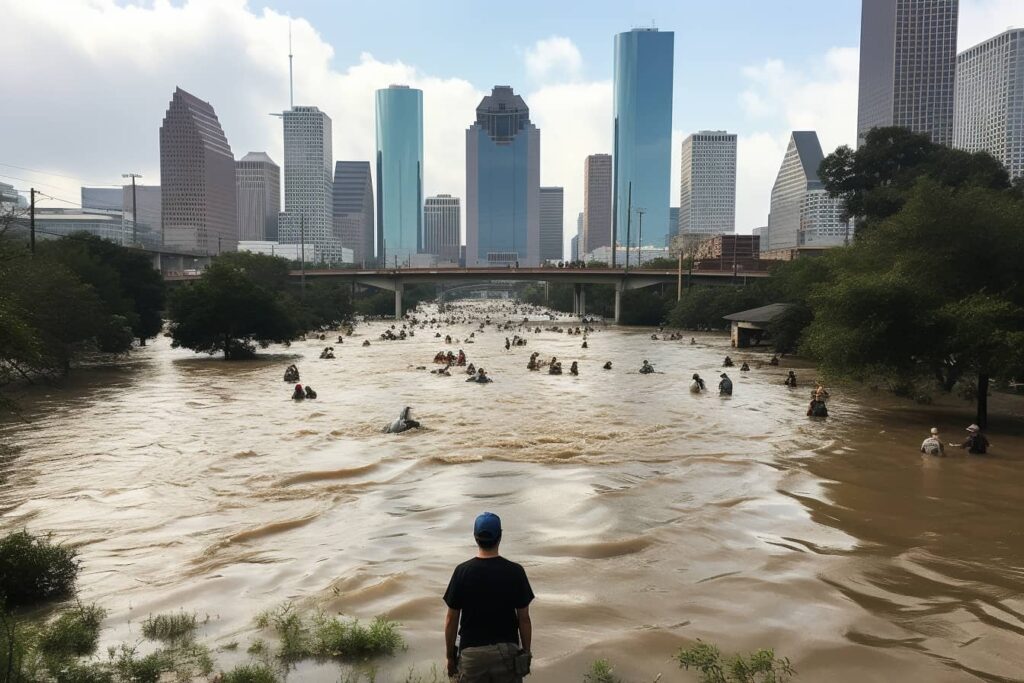The waters they stand up, cities are sinking. Yes, you got it right: some of our metropolises are literally sinking under their own weight. A recent study revealed that New York City is sinking (by 1-2 millimeters per year). But she's not the only one. From Tianjin in China to Houston in the United States, the phenomenon is global and the reasons for risk are as varied as they are alarming.
The causes of the phenomenon
One of the main causes, as absurd as it sounds, is the weight of the buildings themselves. The New York data might seem ridiculous, but in the long run they can trigger a domino effect and lead to devastating consequences.
Another key factor is the extraction of groundwater. This practice is particularly widespread in Asia, where cities like Tianjin in China are sinking much faster than the Big Apple: more than 5 centimeters per year.
Other factors include the climate change e the rise of sea levels, which can accelerate the subsidence process, especially in coastal cities.
The cities most at risk
As mentioned, the phenomenon is more widespread than one might think. To the point of allowing us to draw a small "risk map" complete with images (fortunately fake, generated with AI) of the cities in case things get bad.
The risk map: Asia
Asia is the most affected continent, with cities like the aforementioned Tianjin in China, or Semarang e Jakarta in Indonesia, which are sinking at alarming rates.

America
Besides New York, which strikes the collective imagination (we saw the Statue of Liberty underwater, snow, alien rays, lizards) there is Houston, Texas. It is the only U.S. city to appear in the top 10 of the cities that sink the fastest, with a rate of 1,95 centimeters per year.

South America
It has the sad palm of the city which sinks more quickly, Mexico City, with a monstrous rate: 50 centimeters per year. The cause is the compaction of the clay bed on which the city was built.

Europe
Someone could easily answer: Venezia. And in fact, there is a phenomenon similar to that of New York (from 1890 onwards the average has been just over 2 millimeters of subsidence per year). It's not much, but we have to thank luck and, with some reservations, the MOSE.

Cities at risk of sinking, do we have any solutions?
One of the solutions could be the adoption of techniques sustainable engineering, to reduce the weight of buildings and the impact on the surrounding environment.
Another solution could be stricter regulation of extraction of groundwater, especially in the most at-risk areas. Regardless of the sinking cities, in many places in the world it would be a measure also of equity.
Finally, the one we will see most frequently: the adoption of adaptation plans to address sea level rise and subsidence, such as building flood barriers.
However you feel about climate change, this phenomenon exists, and should not be taken lightly due to the economic and human costs that the risk entails. It's time to act, before it's late.


